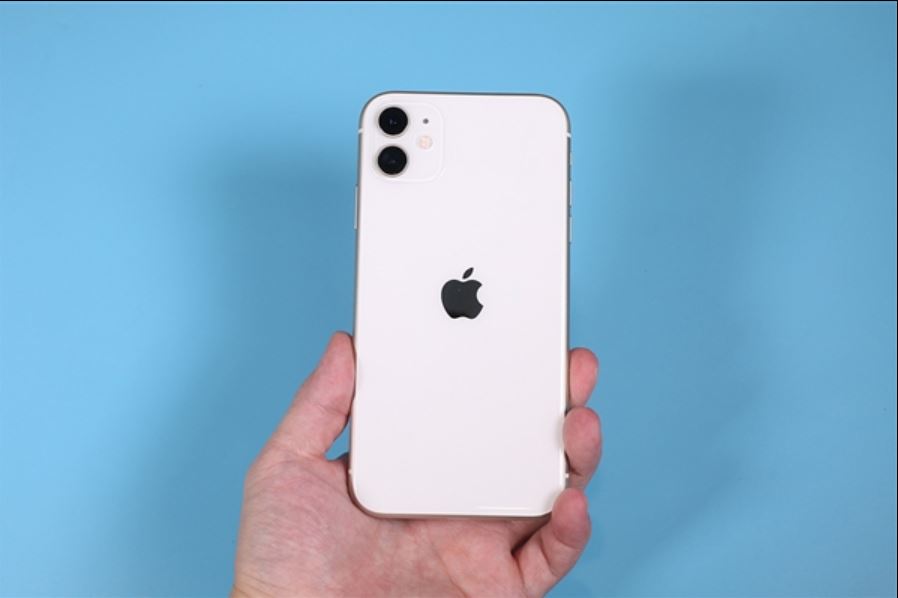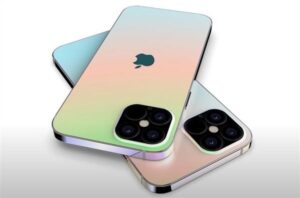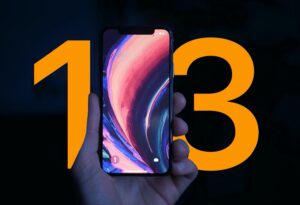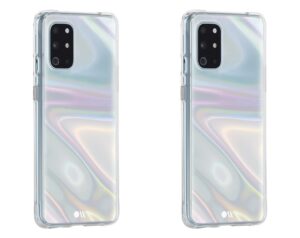Apple iPhone 12 Overview: Design returns to classic

There are rumours that Apple is developing a low-cost iPhone that will be released in March. According to foreign media reports, this year will be a busy year for the iPhone. And 4 of the iPhone 12s that are due to be released in September. Here are some details about the features, performance and design of the iPhone 12 that I have learned so far.

Apple iPhone 12 Design
If you still waste time using the iPhone 4, then 2020 will probably be a year for you. I hope to get back to the concept of tablet design for the iPhone 12. There are reports that the iPhone 12 will be very similar to the iPhone 4. Apple analyst Ming-Chi said that this would be an important part of the redesign of the iPhone 12 base.
Guo Mingyu said that the display of the iPhone 12 still has edges of glass around it like the iPhone 11. Currently, the iPhone 11 Pro uses a hybrid design of glass and stainless steel edges. It’s different from the iPhone 4, the sides of the iPhone 4 are completely square.
A supply chain report also states that the iPhone 12 series will be thinner than the iPhone 11, and the largest model of the iPhone 12 is just 7.4 mm thick. It’s about 10% thinner than the 8.1 mm iPhone 11 Pro. Even though other products of the iPhone 12 series will be thin.
A supply chain report also says that the iPhone 12 series will be thinner than the iPhone 11 and the largest model of the iPhone 12 is just 7.4 mm thick. It’s about 10% thinner than the 8.1 mm iPhone 11 Pro. Even though other products of the iPhone 12 series will be thin.
Drawing on the design of the iPad Pro, it makes sense for Apple to return to the iPhone 4’s Quadrangular Industrial Design Theme. In 2018, Apple gave the iPad Pro a new flat body. The design is well-received by consumers, so it’s not surprising to find that the iPad 12 was inspired by the design inspiration of the IP12.
Let’s take a look at the appearance of the iPhone 12:
As you can see in the revealed models, the front of the iPhone 12 looks just like the iPhone 11. Some evidence suggests that the size of the notch may be slightly smaller, but if this is the case it remains to be seen. All four iPhone models will use Face ID technology, and the True Depth camera system will be installed in the groove for facial recognition. As the release of September draws closer, more outward details may emerge.
iPhone 12 display
This year, Apple’s flagship iPhone will use OLED display technology for the first time. All four models of the iPhone 12 are expected to have OLED screens, including the successor to the iPhone 11 (with LCD screen). What is the size of the display? There are reports that compared to the iPhone 11, Apple will slightly adjust its latest product size this year. What we know so far is:
- An iPhone 12 that has a 5.4-inch OLED display
- Two iPhone 12s with 6.1-inch OLED display
- An iPhone 12 that has a 6.7-inch OLED display
This means that the iPhone 12 series will include the smallest and largest iPhone models ever. It is said that the height of the 5.4-inch iPhone 12 model will be “between iPhone SE and iPhone 8” while the 6.1-inch model will be between iPhone 11 Pro and iPhone 11 Pro Max. The 6.7-inch iPhone 12 model will be “slightly taller than the iPhone 11 Pro Max.”
In addition to OLED, there are rumours that this year’s iPhone will launch a 120Hz Hz refresh rate “ProMotion” display. So far, the iPhone only has 60hz exposure, but in 2017 Apple introduced a refreshing rate of 120hz in the iPad product line. Doubling the refresh rate improves the user response experience significantly, and can change user gestures to functions. Sharp screen
All in all, Apple will launch this time: a smaller iPhone 12 model, two iPhone 12 models the same size as the iPhone 11, and a larger model.
iPhone12 camera
Aside from the screen size, the biggest difference between the iPhone 12 models is the camera technology. Basically, Apple intends to launch two iPhone 12s with a dual-lens camera system and two iPhone 12s with a triple-lens camera system.
The 5.4-inch iPhone 12 can fit two cameras in the back, namely an ultra-wide-angle and wide-angle lens. The low-end 6.1-inch iPhone 12 will use the same settings.
The two top models of the iPhone 12 will be even more interesting. They will be equipped with a three-lens camera system, which is likely to include wide-angle, ultra-wide-angle and telephoto lenses like the iPhone 11 Pro. It is expected that the two top models of the iPhone 12 will also be equipped with the new Time of Flight (Two F) 3D sensor.
The Time Of Flight sensor is similar to the infrared Tordepath camera system on the front of the iPhone for facial recognition. Adding a top three sensing system to the camera in the back will enable high-fidelity 3D photo shooting, which opens up new realistic opportunities.
Thanks to laser-powered technology, the TOF sensors will be more powerful and work longer distances compared to the TruthPath system. In addition to the augmented reality, this ToF sensor can also improve applications that rely on in-depth data, such as portrait mode.
In terms of software, the iPhone 12 models are expected to have all the features currently offered by the iPhone 11, including deep fusion and night mode. It’s also possible that Apple will launch more software image processing functions this year, especially using the new TF technology. It’s unclear what the front camera looks like, but there is definitely room for further improvement based on the iPhone 11’s front camera.
A14 processor for iPhone12
The iPhone 12 series is expected to launch the next-generation Apple A-series processor, named A14. According to a recent supply chain report, Apple’s partner TSMC plans to use a new 5nm process to build the A14 processor in the second quarter.
The A13 uses a 7nm processor, so the A14 should be more powerful and faster thanks to the 5nm process. Initial estimates suggest that if combined with the rumoured 6GB of memory, the A14 could make the performance of the iPhone 12 as powerful as the 15-inch MacBook Pro. Due to its special emphasis on multi-core performance, game performance can be improved by more than 50%. These improvements are mainly due to the 5nm manufacturing process.
In addition to the new A14 processor, the iPhone 12 can also improve facial recognition performance. Barclays analysts say the iPhone 12 will include a “modern” facial recognition system. It’s not clear what analysts mean by “updates,” but that could mean Apple will upgrade the TriadPath camera system for face recognition and improve its performance in all aspects.
The facial recognition function of the iPhone 11 has actually improved, but this is mainly due to changes in iOS 13, not due to hardware upgrades. This year, Apple can make real hardware improvements to improve facial recognition.
Connectivity
Perhaps most importantly, four of the four iPhone 12 models launched this year are expected to get 5G connectivity. The four models are expected to include the support of two 5G technologies: sub-6GHz 5G and MMW5G.
Various operators around the world are developing all 6 GHz and MMview networks according to their respective deployments and timelines. The millimetre view is a more impressive gigabit-speed technology, but its connection is much less. In contrast, the sub-6GHz 5G introduced in the United States can generally reach speeds of 100-150 Mbps.
According to reports, these four models will support both of the above 5G technologies, which are not only useful to US consumers but also to global users. Although Apple is developing its own internal modem for the iPhone, the iPhone 12 can still use Qualcomm’s modem. However, it’s important to know that Apple’s support for 5G is only half of the story, and the rest of the story is in support of operators for 5G. If operators are doing badly with the launch of 5G, the benefits of the iPhone 12 will be less significant.
iPhone 12 naming, Pricing
All the recent evidence suggests that the iPhone launched this year will be called the iPhone 12. Given the anticipated innovation, the Apple iPhone upgrade is not likely to make 2020 an “S” year. However, it is not known how Apple plans to brand all four iPhones.
As the name implies, the pricing of these four iPhone models is also difficult. Apple set an example in 2019, which lowered the price of the entry-level iPhone 11 to $ 699, but it remains to be seen whether this continues.
Finally, analysts say Apple is releasing the iPhone 12 as planned in September this year. However, considering that there are 8 months remaining in September, we cannot rule out the possibility of postponement delays during this period. At the same time, Apple may be surprised at the release of four different models.








